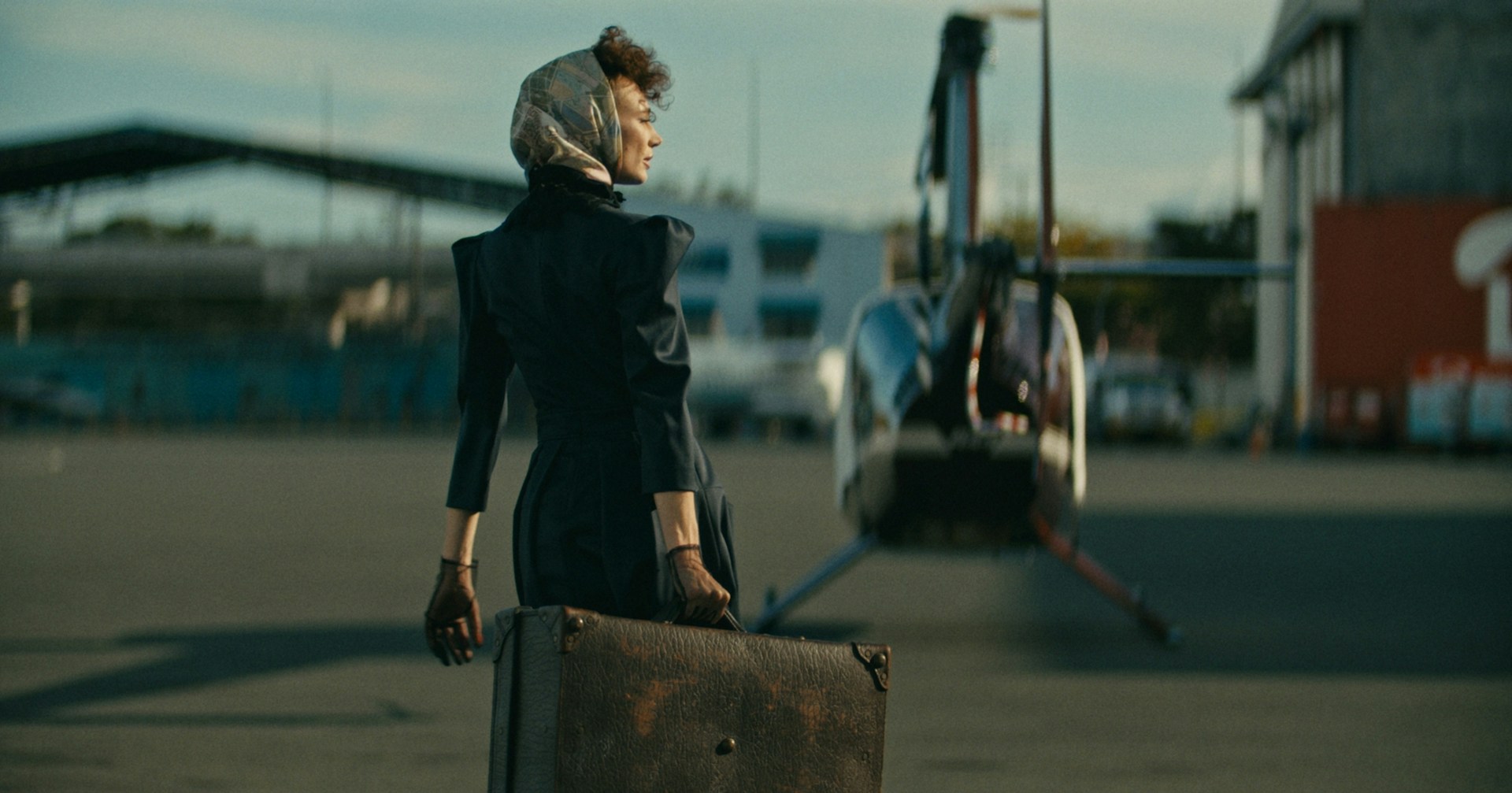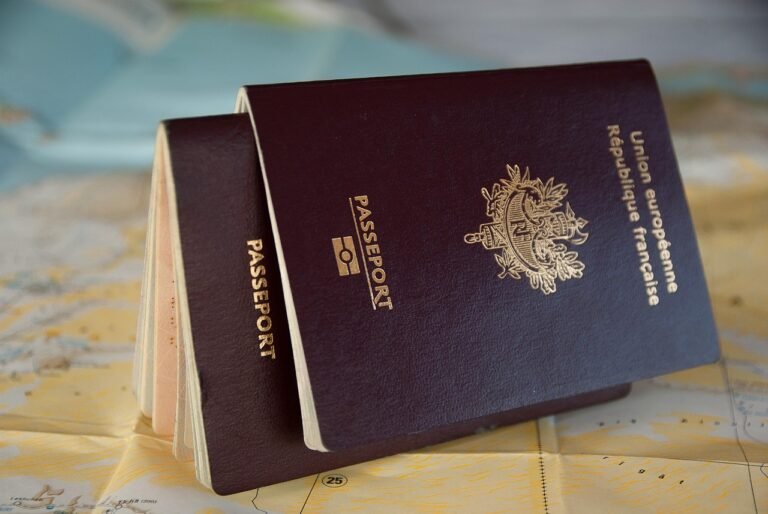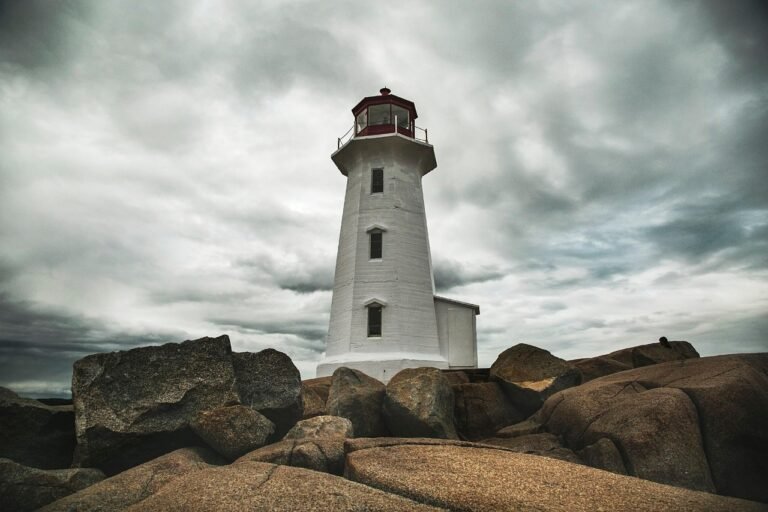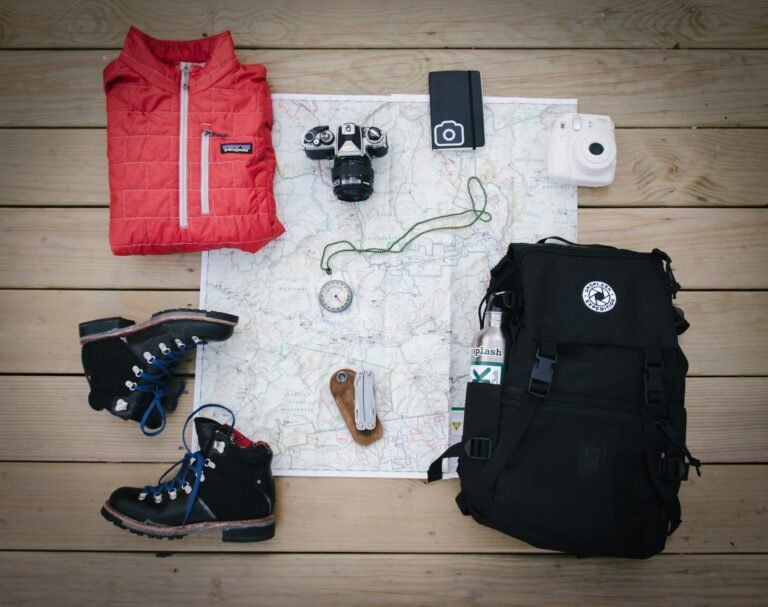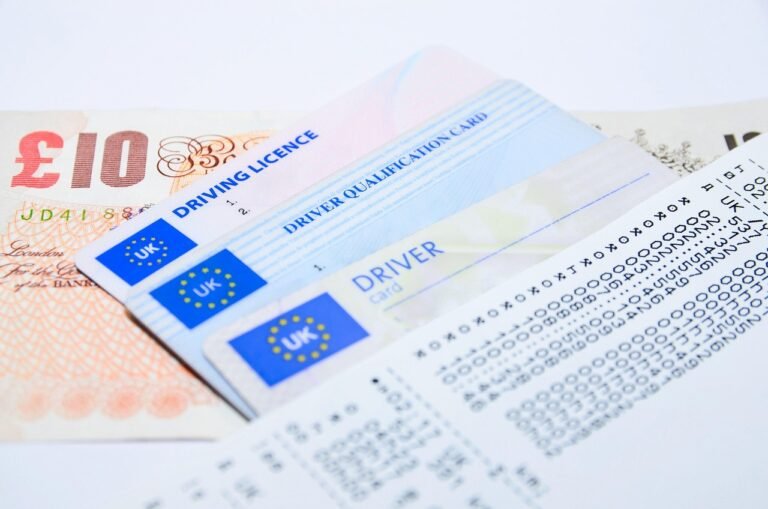Back in 2019, I took my first solo trip as a woman—a supposedly “safe” vacation to Barcelona that quickly turned into a masterclass in street smarts after my phone was snatched right out of my hands near La Rambla. I was tipsy on sangria, busy texting, and utterly oblivious to the teenager on a bike who’d been eyeing me for blocks. Classic rookie mistake.
Six years and 27 countries later, I’ve learned that “safety” means something entirely different for women exploring the world alone. It’s not just about crime statistics—it’s about how comfortable you feel walking after dark, whether locals respect your personal space, and if you can enjoy that glass of wine without constantly watching your bag.
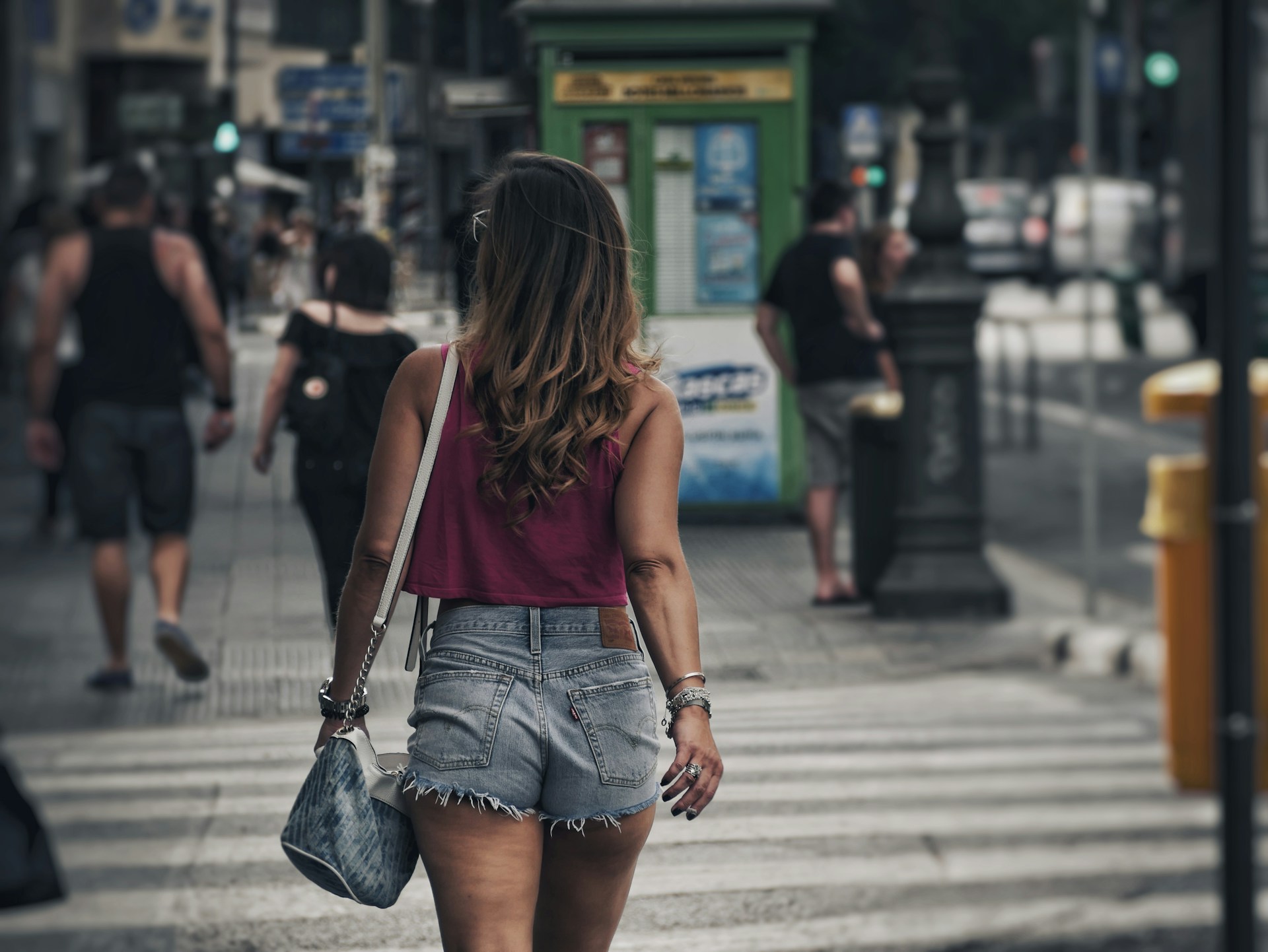
Let’s be real—female travelers carry a mental load that most men don’t. We’re constantly calculating risk: Is this taxi driver trustworthy? Should I pretend to be married? Is this outfit going to attract unwanted attention? Yet the rewards of solo travel—the freedom, the self-discovery, the unfiltered experiences—are absolutely worth navigating these challenges.
So where can women travel alone in 2025 without that persistent low-grade anxiety? I’ve compiled this list based on the latest Global Peace Index data, interviews with fellow female nomads, and my own gut feelings after stepping off planes in these destinations. Remember though—nowhere is perfectly safe, and your mileage may vary depending on your appearance, background, and travel style.
Top 10 Safest Countries for Solo Female Travelers This Year
1. Iceland: The Gold Standard Hasn’t Changed
Iceland continues its reign as the safest place for women traveling alone. With practically non-existent violent crime, English widely spoken, and a culture that deeply respects women’s autonomy, it’s basically the gold standard.
What makes Iceland special isn’t just the safety stats—it’s the freedom to forget about safety altogether. Picture yourself driving the Ring Road at midnight during summer’s endless daylight, pulling over whenever a waterfall catches your eye, without that nagging voice saying “should you really be alone here?”
I met a 72-year-old American woman in Reykjavik last year who was on her first-ever solo trip. “I wish I hadn’t waited my whole life to do this,” she told me, eyes welling up as she described hiking alone to an isolated hot spring. Iceland has that effect on people.
Insert image of female traveler at Seljalandsfoss waterfall
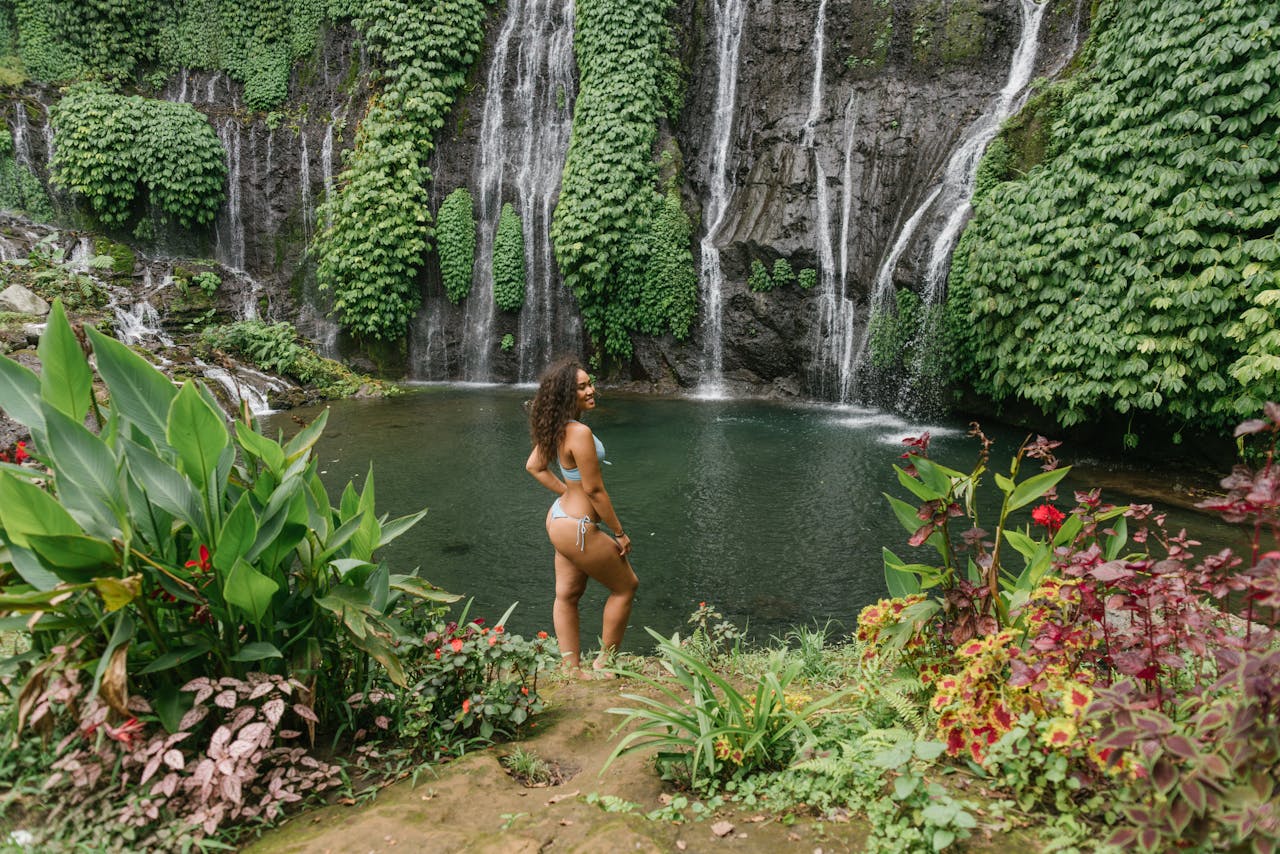
The downside? Your wallet will take a beating. Budget at least $200 daily for the basics, more if you’re renting a car (which I highly recommend).
2. New Zealand: Adventure With a Safety Net
God, I love New Zealand. It’s like Mother Nature created her magnum opus, then populated it with the world’s friendliest humans just to show off.
Kiwis have perfected the balance between helpful and respectful of your space. When my rental car broke down outside Wanaka, four different vehicles stopped to help within 15 minutes—but nobody was weird or pushy about it. That’s the Kiwi way.
The extensive network of Department of Conservation (DOC) hiking trails means you’re rarely completely isolated, even in wilderness areas. Cell service is surprisingly good, and the country’s emergency services are top-notch.
What truly stands out is New Zealand’s solo female traveler infrastructure—from women-only sections in hostels to female tour guides specializing in solo travelers. The “Solo Sisters” Facebook group specifically for women exploring NZ has over 40,000 members sharing real-time advice and occasionally meeting up.
3. Norway: Expensive But Worth Every Krone
Norway feels like visiting the future—if the future prioritized women’s safety, environmental sustainability, and really good coffee.
Oslo and Bergen have fantastic public transportation that runs reliably late into the night. Street harassment is so rare that when it happened to me once (by a drunk British tourist, ironically), three Norwegian women immediately intervened.
The Norwegian concept of “friluftsliv” (open-air living) means you’ll never lack for outdoor activities, from summer hiking to winter aurora chasing. The Allemannsretten law allowing responsible camping on public lands makes it perfect for adventurous solo travelers wanting to connect with nature.
The only problem? Norway is hideously expensive. My coffee habit nearly bankrupted me at $7 per cappuccino. Consider booking accommodations with kitchen access so you can cook rather than eating out for every meal.
4. Japan: Where Respectful Culture Creates Safety
Japan continues to be a solo female traveler’s dream. The crime rate remains astonishingly low, public transportation runs with clock-precision, and cultural respect creates an environment where women rarely feel threatened.
Tokyo’s metro might be packed during rush hour, but Japanese commuters are scrupulously respectful of personal space. Women-only train cars during peak hours offer additional comfort, though I rarely felt they were necessary.
The language barrier can be challenging but is offset by the Japanese commitment to helpful service. I’ve had restaurant staff literally walk me several blocks to my destination when I looked lost. Download translation apps before you go—Google Translate’s camera function saved me countless times when facing incomprehensible signage.
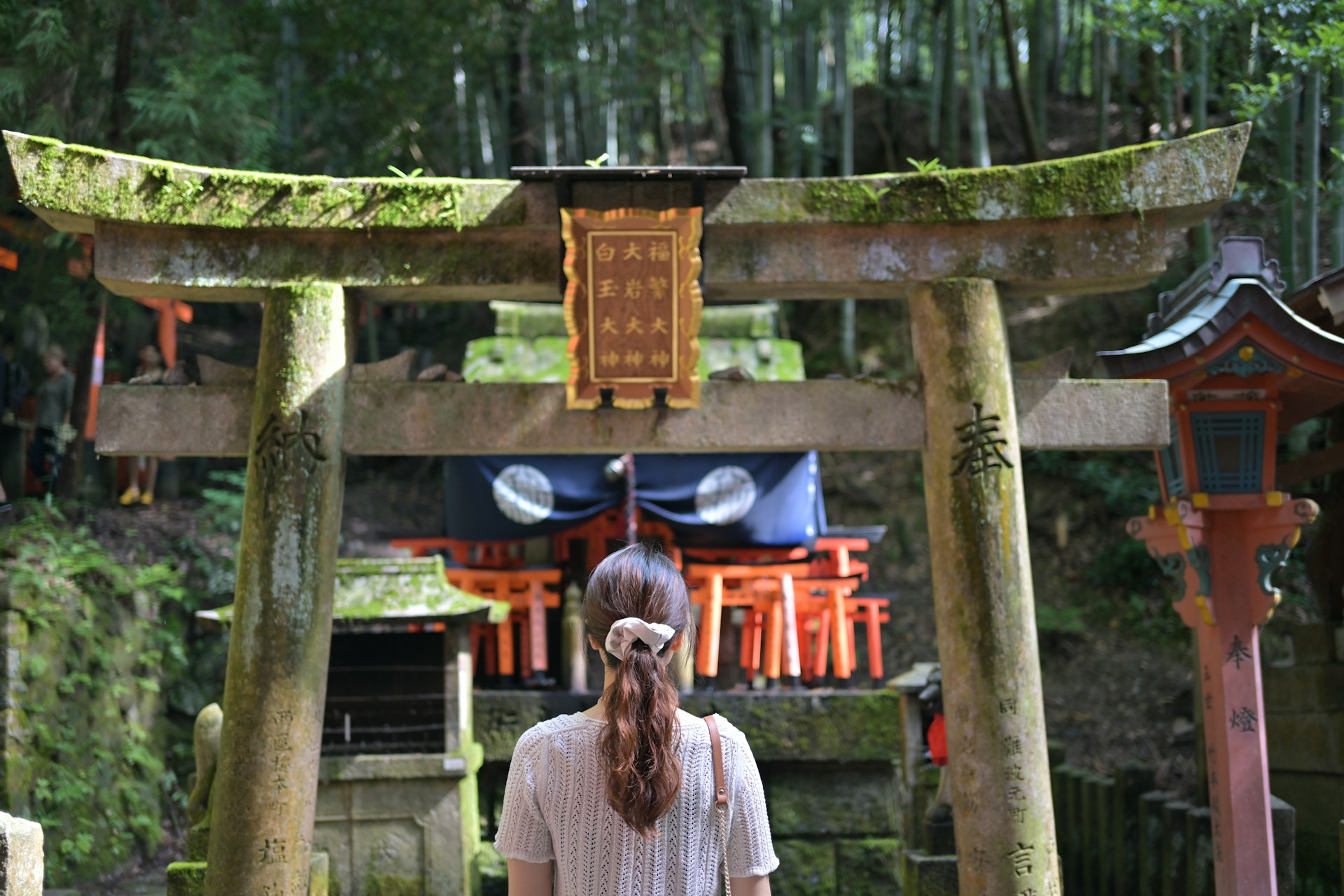
One cultural tip: As a solo female traveler, you might occasionally face confusion from older Japanese people who aren’t used to women traveling alone. A simple white lie about meeting friends later sometimes smooths these interactions if they become awkward.
5. Portugal: Europe’s Safest Seaside Haven
Portugal has climbed my safety rankings dramatically in recent years. While pickpocketing exists in tourist areas (keep an eye on your stuff in Lisbon’s trams), violent crime remains exceedingly rare.
Portuguese people strike that perfect balance between warmth and respect for boundaries. Men might be flirtatious but generally back off politely when not encouraged. The laid-back culture means less aggressive street harassment than in neighboring Mediterranean countries.
What I love most is the ease of transportation—trains connect major cities, while affordable Uber services fill the gaps in more remote areas. Portugal’s compact size means you can experience diverse landscapes without exhausting travel days.
Porto stole my heart with its moody atmosphere and ridiculously photogenic riverfront. For a unique experience, head to the less-traveled Azores islands—I spent a week hiking volcanic landscapes and soaking in hot springs without a single moment of discomfort.
6. Finland: Quiet, Clean, and Incredibly Safe
Finland doesn’t brag about its safety record—that wouldn’t be very Finnish. But the numbers speak for themselves: it consistently ranks among the world’s safest nations, with particularly low rates of gender-based crime.
Helsinki feels like living in a design magazine spread—everything works efficiently, looks beautiful, and prioritizes user experience. Public transportation is clean and punctual, while digital services make everything from buying tickets to finding your way seamless.
The Finnish concept of personal space aligns perfectly with solo female travel. Nobody will intrude on your bubble or push unwanted conversation. This might initially feel cold if you’re from a more demonstrative culture, but there’s profound comfort in knowing you won’t be bothered.
Finland’s vast wilderness offers incredible outdoor experiences year-round. I spent three glorious days in a glass-roofed igloo near Rovaniemi watching the Northern Lights dance overhead—completely alone but never feeling unsafe.
7. Canada: Friendly, Vast, and Reliably Secure
Oh, Canada—where the people are as nice as the stereotypes suggest and the landscapes are so epic they make your Instagram followers accuse you of filter abuse.
Major Canadian cities like Vancouver, Toronto, and Montreal combine cosmopolitan amenities with small-town safety vibes. Even in urban centers, the “looking out for each other” mindset creates an environment where solo female travelers can relax.
I particularly recommend Quebec for solo travelers who want European charm without crossing the Atlantic. Quebec City’s walled old town feels like France teleported to North America, complete with cobblestone streets and café culture, but with Canadian safety standards.
The only real danger in Canada? Falling so in love with the place that you start researching immigration requirements over your morning poutine. (Not that I’m speaking from personal experience or anything…)
8. Singapore: Pristine, Organized Urban Paradise
Singapore remains the gold standard for urban safety. Its strict laws, ubiquitous security cameras, and cultural emphasis on social harmony create an environment where women can confidently explore at any hour.
Walking through Gardens by the Bay at 2 AM feels as secure as mid-afternoon—something I can’t say about many global cities. Singapore’s public transportation is immaculate, affordable, and comprehensive, eliminating the safety concerns that often come with navigating unfamiliar transit systems.
The multicultural tapestry of Singapore makes it an ideal introduction to Southeast Asian travel for nervous first-timers. You can experience Chinese, Malay, Indian, and colonial influences while enjoying first-world infrastructure and widespread English usage.
The hawker centers offer world-class cuisine at street food prices—perfect for solo diners who might feel awkward in formal restaurants. Just be warned that Singapore’s perfection comes with strict rules—that $500 fine for eating on the subway isn’t a joke.
9. Switzerland: Precision-Engineered Safety
Switzerland isn’t just about chocolate, watches, and bankers—it’s also built an impressively safe society where solo female travelers can explore without constantly looking over their shoulders.
Swiss public transportation deserves its legendary status—trains and buses connect even remote alpine villages with remarkable punctuality. This network means you’re never truly stranded, even in the most breathtaking mountain settings.
I spent a week hiking solo between villages in the Bernese Oberland, staying each night in a different town. The well-marked trails, reliable weather forecasts, and regular presence of other hikers created a perfect balance between wilderness immersion and safety.
The Swiss aren’t typically outgoing with strangers, but their respect for rules and personal boundaries creates an environment remarkably free of harassment. When I accidentally left my laptop at a Zurich café, I returned an hour later to find it untouched—with a note from the server saying they were keeping an eye on it.
10. Denmark: Hygge-Filled Safety
Denmark closes out our top ten with its unique blend of progressive values, efficient infrastructure, and that famous “hygge” coziness that makes solo travelers feel instantly at home.
Copenhagen remains one of my favorite cities for solo female exploration. The bicycle-friendly infrastructure means easy, safe transportation, while the compact city center is perfect for wandering. Danish design aesthetics extend beyond furniture to create public spaces that feel simultaneously beautiful and secure.
What particularly stands out is Denmark’s gender equality. As a woman alone, I never felt the subtle discomfort that sometimes comes from male-dominated spaces in other countries. From restaurants to museums to late-night venues, Danish society’s matter-of-fact equality means being female alone simply isn’t remarkable.
One evening in Copenhagen, I realized I’d been sitting alone reading in a café for three hours, and nobody had interrupted me, given me strange looks, or made me feel I should give up my table. That unobtrusive respect exemplifies why Denmark makes this list.
Beyond the Top 10: Rising Stars for Female Travelers
While the countries above have established safety credentials, several nations are making impressive strides:
- Rwanda has transformed its security situation and now boasts one of Africa’s lowest crime rates. Kigali feels remarkably safe for a capital city, though rural areas require more caution.
- Uruguay continues to be South America’s safety standout. Montevideo lacks the edge of larger Latin American capitals, while beach towns like José Ignacio offer relaxed coastal vibes without significant security concerns.
- Taiwan combines Japanese-level safety with Chinese cultural influences and distinctive Taiwanese warmth. Taipei’s excellent public transportation and night markets bustling until late create an environment where solo exploration feels natural and secure.
The Safety Gear I Never Travel Without
After years of solo travel, these items have earned permanent spots in my luggage:
- Door stop alarm – Wedges under hotel doors and emits a piercing sound if disturbed
- Apple AirTag – Hidden in my luggage for tracking if bags go missing
- Crossbody anti-theft bag – Less obvious than a money belt, more secure than a regular purse
- Dummy wallet – Carries expired cards and minimal cash in case of mugging
- Smartphone power bank – Because a dead phone creates unnecessary vulnerability
The Solo Female Travel Safety Contradiction
The greatest paradox of traveling as a woman alone? Often, the places that seem scariest from afar turn out to be the most welcoming, while picture-perfect destinations sometimes hide unexpected challenges.
Before my first trip to Istanbul, friends and family bombarded me with warnings. Yet the Turkish hospitality I encountered—from shopkeepers who walked me to hidden local restaurants to the grandmother who insisted I join her family dinner—created a safety net of human connection that I’ve rarely felt elsewhere.
Meanwhile, that “safe” trip to Barcelona? Three petty crimes in four days. The lesson: research matters, but so does remaining alert regardless of a destination’s reputation.
Trusting Your Gut: The Universal Safety Tool
The sophisticated safety app in the world exists between your ears. That inexplicable feeling when something’s “off” has saved me from potential trouble multiple times.
In Prague, I abandoned a walking tour when something about the guide’s behavior made me uncomfortable. Later, I heard from another traveler that he had made aggressive advances toward solo women after previous tours. In Bali, I switched guesthouses despite having a prepaid reservation because something about the owner’s questions felt intrusive.
Both times, I felt slightly foolish making these changes based on mere feelings. Both times, I later discovered my instincts were spot-on. The inconvenience of changing plans is nothing compared to the potential consequences of ignoring your intuition.
Final Thoughts: Safety vs. Fearlessness
The point of identifying safe countries isn’t to stay trapped in a bubble of perfect security—it’s to build confidence for increasingly adventurous journeys. Start with Iceland if you’re nervous, then leverage that experience for slightly more challenging destinations.
Remember that “safe” doesn’t mean “boring.” Iceland has volcanoes and glaciers. New Zealand has bungy jumping and wilderness treks. Safe countries often encourage the kind of genuine adventure that becomes impossible when constantly looking over your shoulder.
The world needs more women exploring independently, challenging perceptions, and returning home with stories that inspire others to travel solo. Sometimes the most transformative journeys begin with a simple question: “Where can I go that’s safe enough to truly let my guard down and experience the world unfiltered?”
Wherever you choose, pack light, bring common sense, and prepare for the kind of self-discovery that only happens when it’s just you facing the world on your own terms.
FAQs About Solo Female Travel Safety
Is solo female travel safe in 2025?
Solo female travel in 2025 is generally safer than ever before, especially in countries ranking high on the Global Peace Index. Mobile technology, widespread connectivity, and growing women’s travel communities have significantly improved safety resources compared to even five years ago.
Which country is best for solo female travelers on a budget?
Portugal offers the best combination of safety and affordability for budget-conscious solo female travelers in 2025. With hostel beds from €20, meal costs around €15 daily, and excellent public transportation, you can experience European charm without breaking the bank.
Do I need to speak the local language to travel safely alone?
While learning basic phrases shows respect, language barriers rarely create serious safety issues in popular tourist destinations. Translation apps, tourist infrastructure, and widespread English in the hospitality industry make communication manageable in most countries on this list.
Is it safe for women to use dating apps while traveling solo?
Using dating apps while traveling requires additional caution. If you choose to date abroad, meet in busy public places, arrange your own transportation, and consider sharing your location with a trusted friend. Many solo female travelers use apps like Bumble BFF specifically to make platonic connections instead.
How do I handle unwanted attention as a solo female traveler?
Strategies for handling unwanted attention vary by culture. In some countries, wearing a fake wedding ring reduces approaches. In others, firmly stating “No, thank you” works best. Research culture-specific responses before traveling, and remember that removing yourself from uncomfortable situations is always valid.
What should I do if I feel unsafe in my accommodation?
Trust your instincts if your accommodation feels unsafe. Request a room change, ensure all security features (locks, door wedges) are utilized, or relocate to another property entirely. Legitimate booking platforms offer customer service to address safety concerns.
Are hostels safe for solo female travelers?
Most hostels catering to international travelers offer women-only dorm options, secure storage, and 24/7 reception. Research reviews specifically from female travelers on platforms like Hostelworld, focusing on comments about location safety and staff helpfulness.
How can I stay safe while using public transportation abroad?
Research which public transportation options are considered safe for solo women in your destination. In many countries, certain train cars are designated for women only. Ride-sharing apps are generally safer than hailing street taxis in unfamiliar locations.
What’s the safest continent for solo female travelers?
Based on current Global Peace Index rankings and infrastructure, Western Europe offers the highest concentration of countries considered extremely safe for solo female travelers, followed closely by Oceania (specifically New Zealand) and East Asia.
How do I research safety for destinations not on this list?
For countries not mentioned here, consult government travel advisories, female travel bloggers specializing in those regions, and Facebook groups like “Solo Female Travelers” or “Girls LOVE Travel” where members share recent firsthand experiences and location-specific advice.
Travel Resources for Solo Female Travelers
Safety Apps & Technology
- GeoSure – Neighborhood-level safety scores with women-specific metrics
- TripWhistle Global SOS – Quick access to emergency numbers worldwide
- Noonlight – Hold button while walking, release with PIN if safe
- Sitata – Real-time safety alerts and health warnings for travelers
Female-Focused Tour Operators
- Intrepid Women’s Expeditions – Small-group adventures led by female guides
- Wild Women Expeditions – Outdoor adventures focused on female empowerment
- Adventure Women – Mother-daughter owned tour company for women over 30
- WHOA Travel – Women’s high-altitude adventures with social impact
Accommodation Networks
- Golightly – Private rental platform exclusively for verified women
- Wanderful Homesharing – Network of women offering spare rooms to fellow travelers
- Sister Women Travel List – Directory of women-owned accommodations worldwide
- Selina CoLive – Female-friendly co-living spaces with built-in community
Insurance & Health
- World Nomads – Comprehensive travel insurance covering adventure activities
- Safety Wing – Subscription-based insurance popular with digital nomads
- International Association for Medical Assistance to Travelers – Network of vetted doctors who speak English
- TravelSafe Pro – Medical translation cards for common conditions
Community Resources
- Journey Woman – Longest-running women’s travel resource with safety tips
- Solo Female Travelers Club – 100,000+ member community with meetups and resources
- Wanderful – Global membership community connecting women travelers
- Her Packing List – Practical packing advice for different destinations
Booking Platforms
- Hostelworld – Filter for hostels with women-only dorms
- Booking.com – Sort by “highly rated by solo travelers” filter
- GetYourGuide – Day tours with verified reviews from solo travelers
- Airbnb Experiences – Small-group activities led by locals

